Growth of the Crafting Community
The growth of the crafting community is significantly impacting the Sewing Machines Market. As more individuals engage in crafting as a hobby, the demand for sewing machines is likely to rise. This community is characterized by a diverse range of interests, from quilting to garment making, which creates a broad market for various types of sewing machines. Recent statistics indicate that the crafting sector has expanded by 8% in the past year, suggesting a robust interest in creative pursuits. This trend encourages manufacturers to diversify their product offerings, catering to the specific needs of different crafting niches within the Sewing Machines Market.
Increased Demand for Home Sewing
The Sewing Machines Market is currently experiencing a notable surge in demand for home sewing machines. This trend appears to be driven by a growing interest in DIY projects and personalized fashion. As consumers seek to create unique garments and home decor items, the market for sewing machines is likely to expand. Recent data indicates that the home sewing segment has seen a growth rate of approximately 5% annually, reflecting a shift in consumer behavior towards crafting and self-sufficiency. This inclination towards home sewing not only supports the Sewing Machines Market but also encourages the development of innovative products tailored to meet the needs of hobbyists and professionals alike.
Expansion of E-commerce Platforms
The expansion of e-commerce platforms is transforming the Sewing Machines Market. With the increasing popularity of online shopping, consumers now have access to a wider range of sewing machines than ever before. This shift is particularly beneficial for niche markets, as specialized machines can be marketed directly to targeted audiences. Data shows that online sales of sewing machines have increased by 10% in the last year, highlighting the growing reliance on digital platforms for purchasing. As e-commerce continues to evolve, it is likely that the Sewing Machines Market will see further growth, driven by enhanced accessibility and convenience for consumers.
Rising Interest in Sustainable Fashion
The Sewing Machines Market is increasingly influenced by the rising interest in sustainable fashion. As consumers become more environmentally conscious, there is a growing demand for sewing machines that facilitate the creation of eco-friendly garments. This trend is reflected in the increasing number of workshops and online resources dedicated to sustainable sewing practices. Market analysis indicates that the sustainable fashion segment is expected to grow by 6% annually, as more individuals seek to reduce waste and promote ethical production methods. This shift not only benefits the Sewing Machines Market but also encourages manufacturers to develop machines that support sustainable practices.
Technological Advancements in Sewing Machines
Technological advancements are playing a pivotal role in shaping the Sewing Machines Market. The integration of features such as computerized sewing, automatic threading, and advanced stitch options has made sewing machines more user-friendly and efficient. These innovations cater to both novice and experienced sewers, enhancing the overall sewing experience. Market data suggests that the segment of high-tech sewing machines is projected to grow by 7% over the next five years, indicating a strong consumer preference for machines that offer enhanced functionality. As manufacturers continue to innovate, the Sewing Machines Market is likely to witness increased competition and a broader range of products.
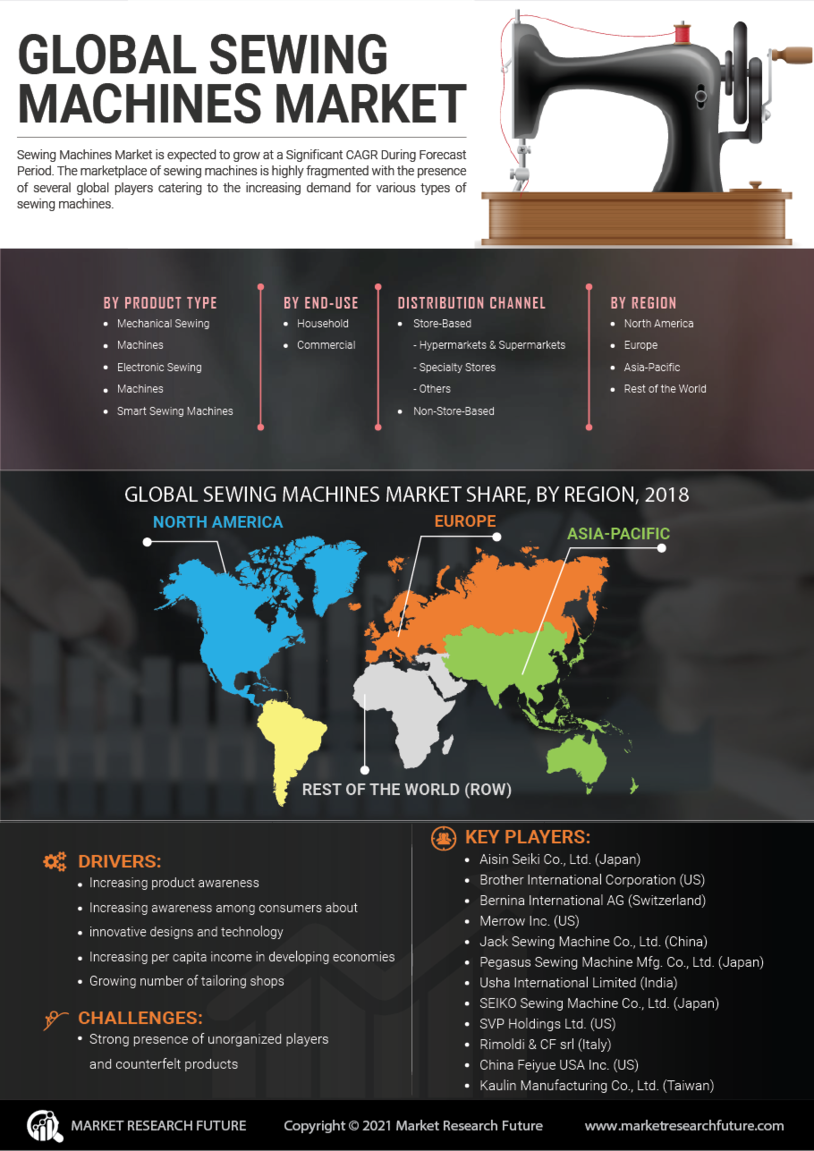

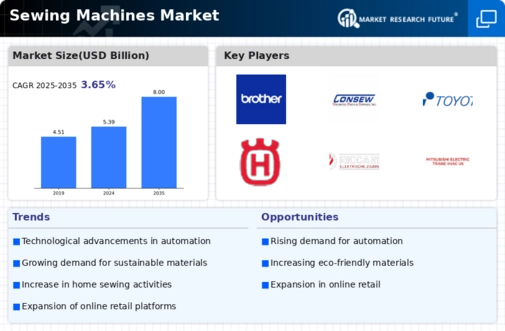
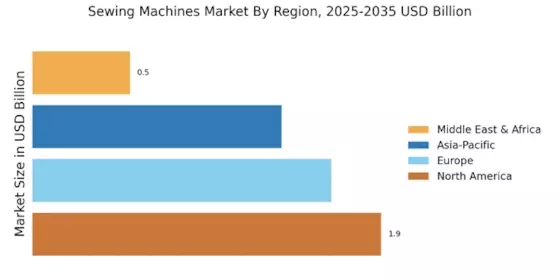
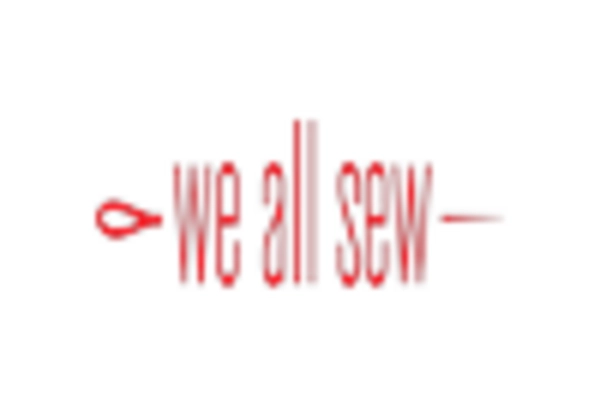
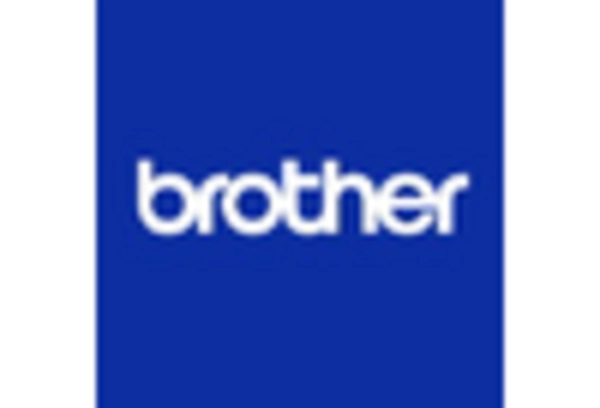
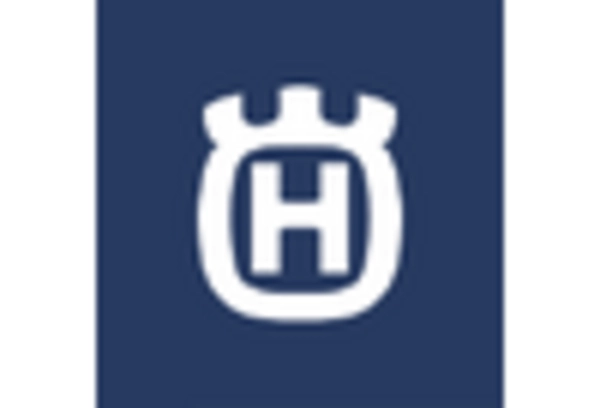
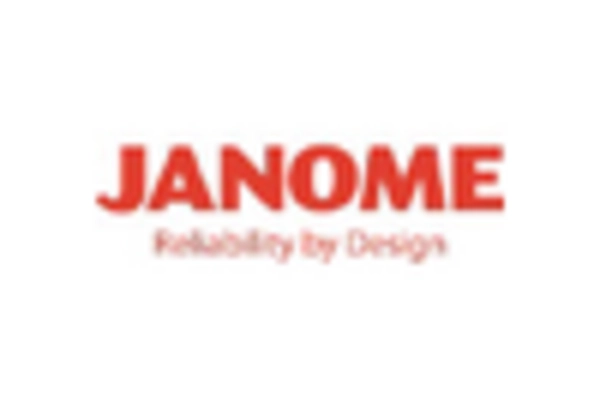
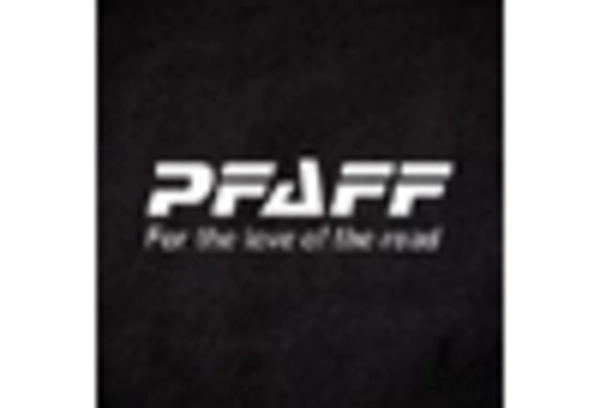
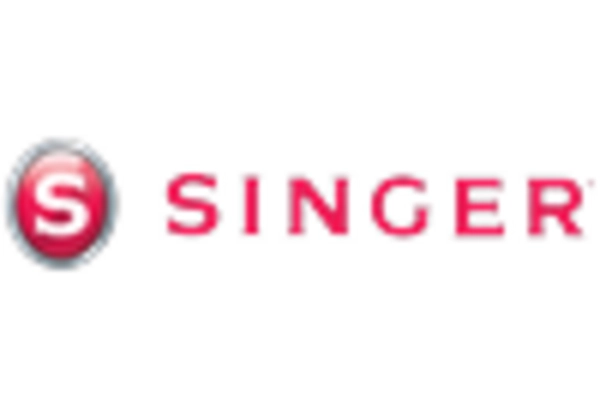








Leave a Comment